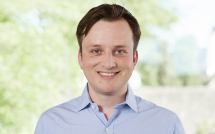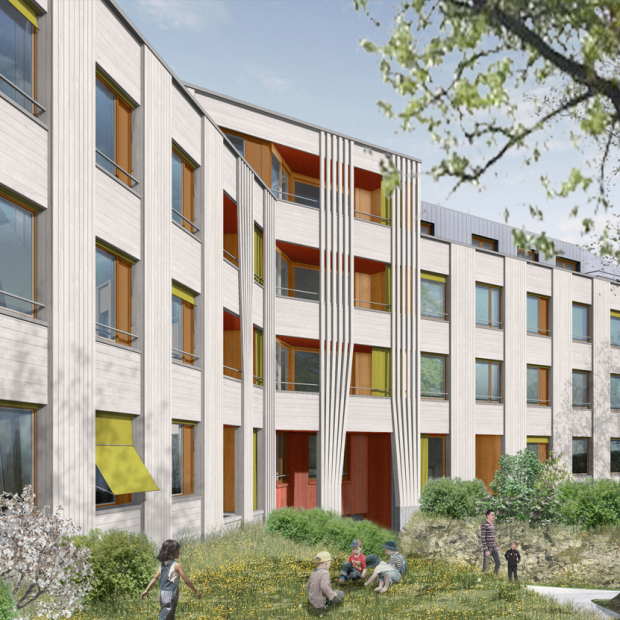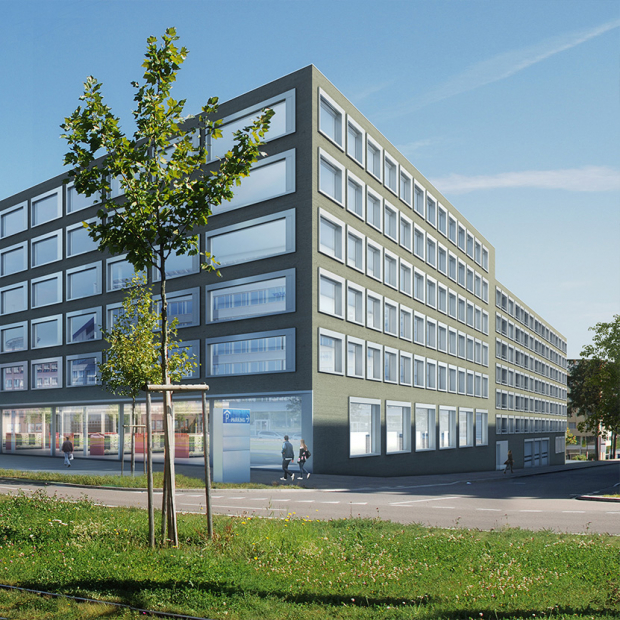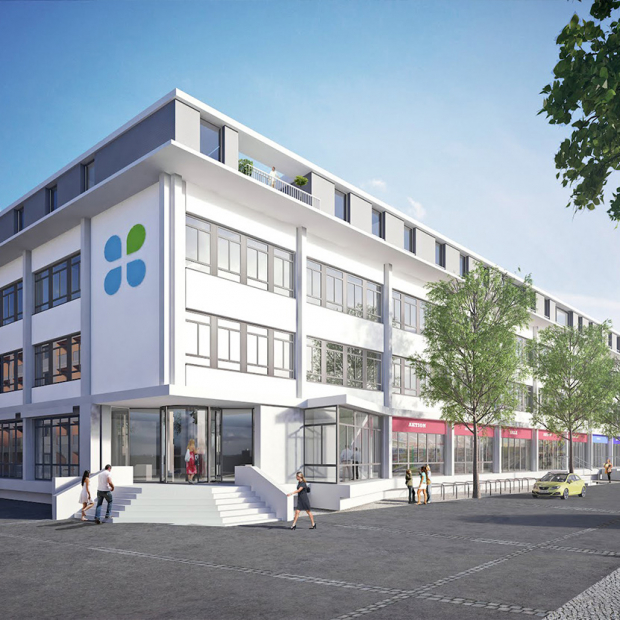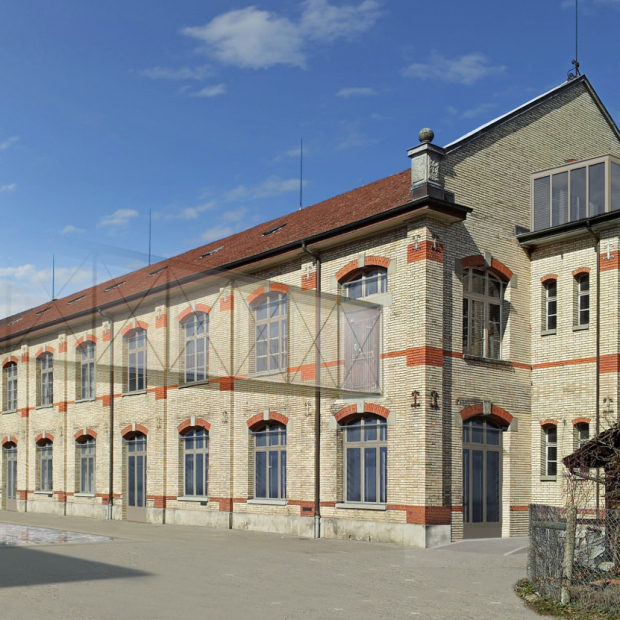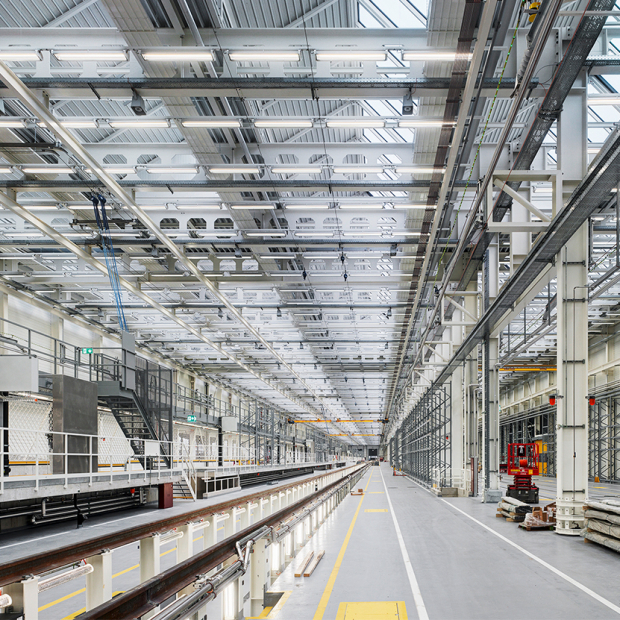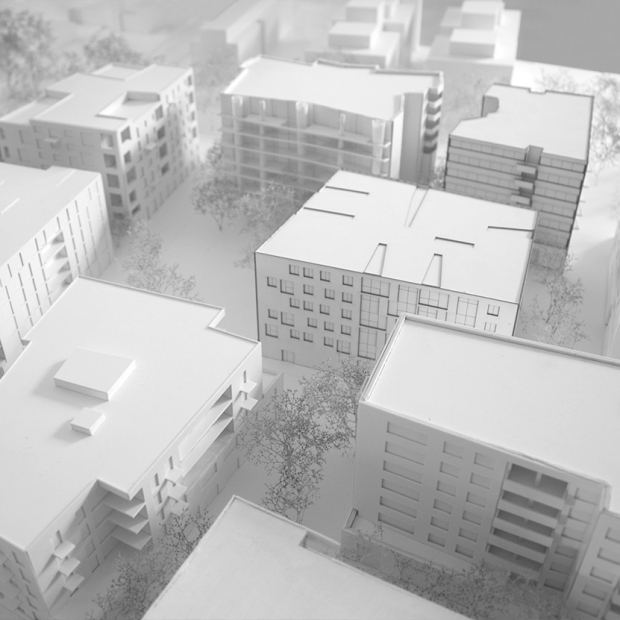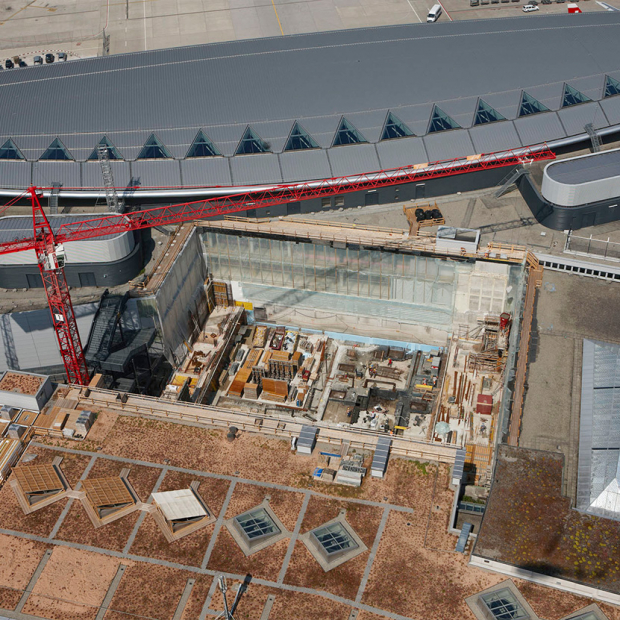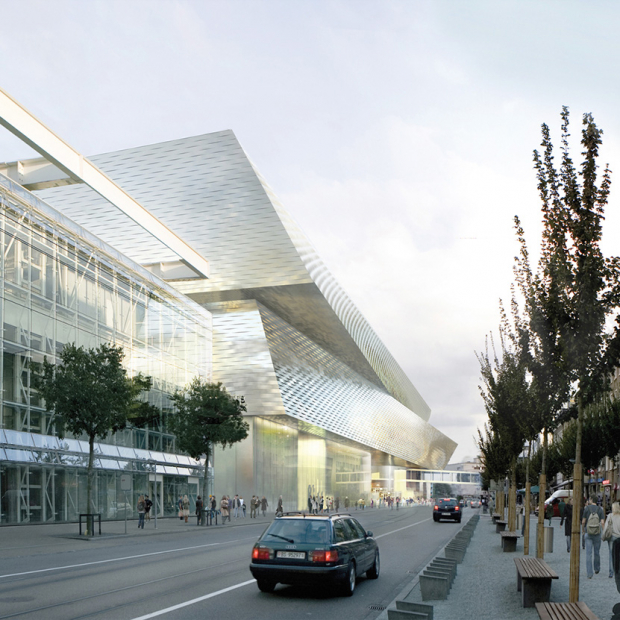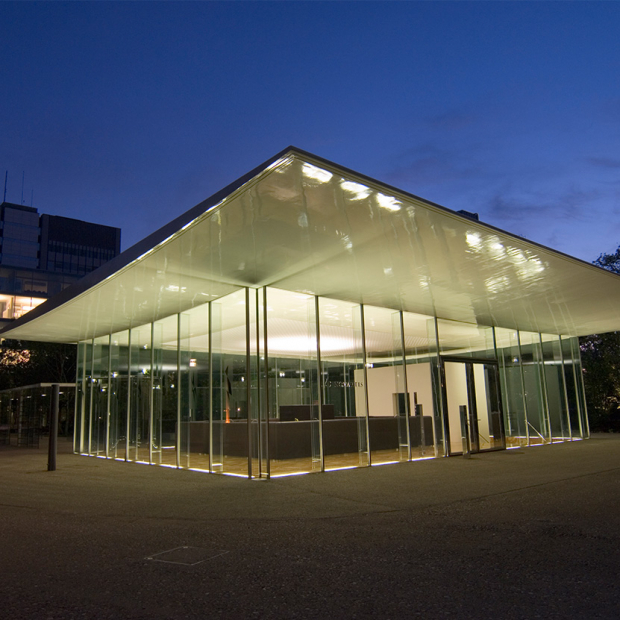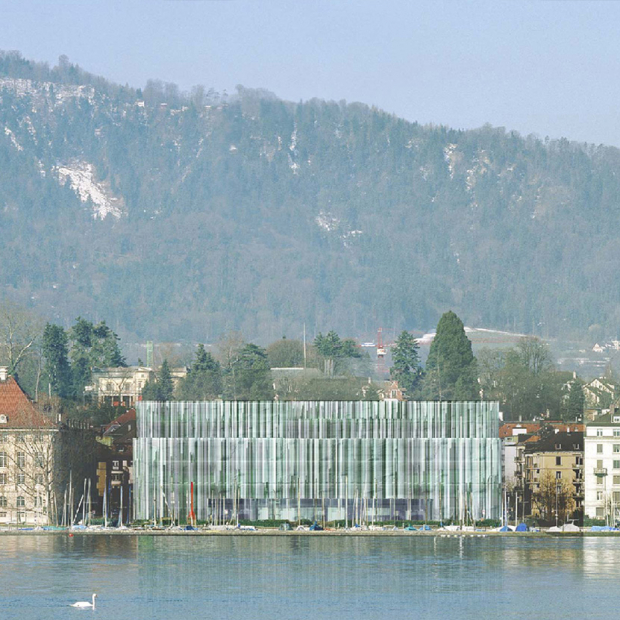
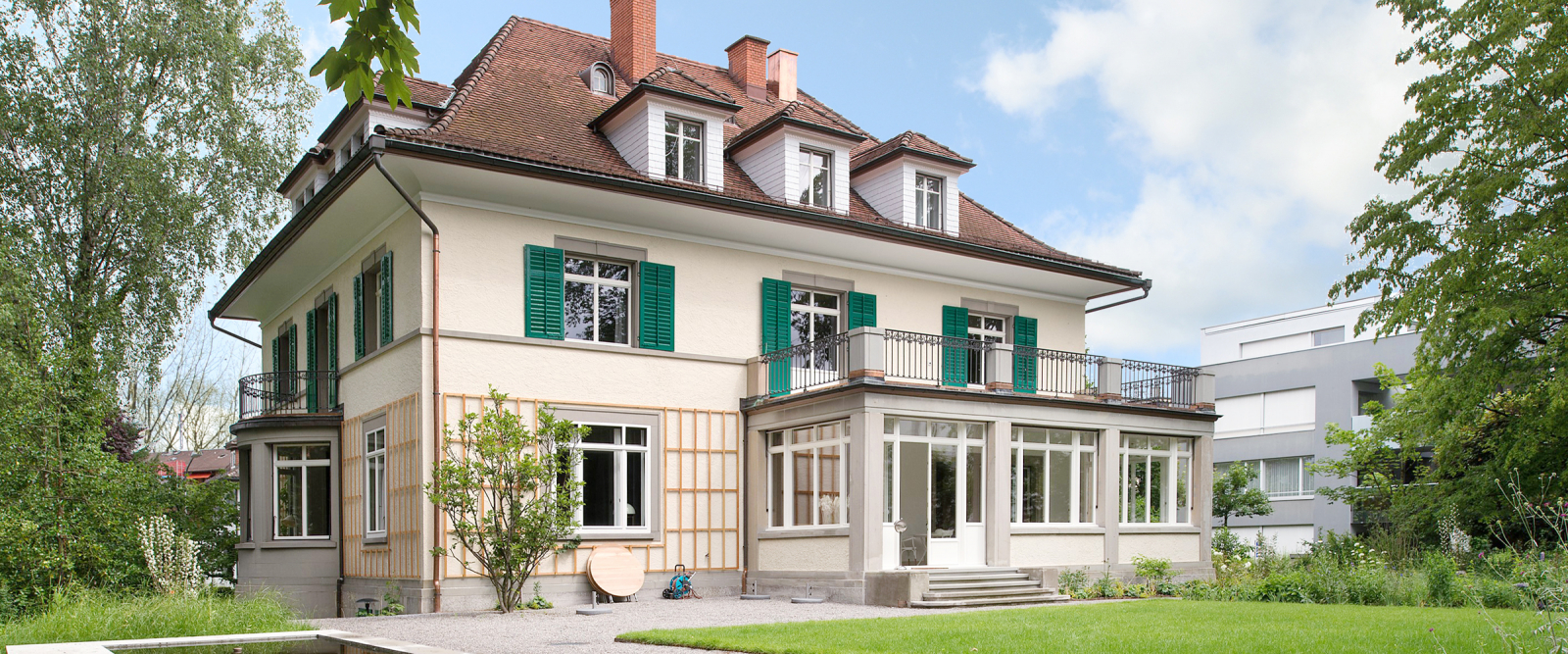
Structural and building systems planning for Signau House and Garden
Originally built in 1912, the heritage-protected Signau House and Garden in Zurich was converted into a charming bed and breakfast, with the addition of an underground parking garage. EBP was commissioned by the developer to provide structural and technical-systems planning services from the project’s inception to its completion.
Built in the style of an English country house by the Pfleghard & Haefeli architectural firm, the building is located on a mansion-lined street in Zurich’s Riesbach District. Although originally designed as a private residence, the building was later expanded and also used as a cinema and office space. In the 1960s, some of the original garden had to make way for a parking lot.
Working together with Ganz Landscape Architects, the Edelaar, Mosayebin, Inderbitzin Architectural Firm placed the focus of the conversion on the following changes: replacing the parking lot with an underground parking garage; restoring the original garden; expanding a pavilion; renovating a monolithic, elongated water-lily pool; and adding guest rooms in the building’s upper stories. EBP completed the planning for a new elevator to access the guest rooms and worked out the details of integrating the basement cinema space into the bed and breakfast.
Carefully planned building systems and load-bearing structures
We planned, coordinated and carefully monitored all of the conversion measures in the heritage-protected country house with an eye to preserving original structures. Our services included: installing an elevator; converting the cinema; creating a new access route to the basement and shoring up various support elements with steel, wood and reinforced concrete supports to enable the new floor plan. Here, we were able to rely on our sound understanding of the existing load-bearing structures and our experience with highly detailed structural intervention. In order to ensure the precise implementation of the plan, we began our work by analyzing the integrity of the building’s basic structure. Thanks to the well-preserved old blueprints and detailed sketches, which one could refer to today as works of art, as well as various surveys, we were also able to reconstruct the building’s structural history.
Completed in the spring of 2018, the conversion now gives its guests an opportunity to experience Zurich’s splendid past and present in this exclusive environment.
